To achieve the architecture of the stilt house, the Project Management Board sent professional staff directly to Uncle Ho's stilt house in Hanoi to visit and learn how to design. Materials used to build the stilt house were also mobilized from the people. The Party Committee, government, and Fatherland Front of Van Chan district mobilized people from neighboring communes to contribute many types of precious wood. With the motto "whoever has merit contributes merit, whoever has property contributes property" along with the boundless love for Uncle Ho, on July 20, 1982, the project started. After 13 months, with a spirit of tireless work, Uncle Ho's stilt house was completed.
On September 15, 1983, comrade Vu Ky - Uncle Ho's devoted secretary visited and praised the people of Van Chan district for building Uncle Ho's stilt house "very well". In 1985, Ho Chi Minh Museum sent two professional cadres to design the interior of Uncle Ho's stilt house; at the same time, he donated a stalactite statue of Uncle Ho, a silk outfit, a pair of rubber sandals, a sand hat, and Uncle Ho's walking stick made from the original; and provided the Ho Chi Minh Memorial House with 40 documentary photos of Uncle Ho for display and propaganda. Since 1990, Ho Chi Minh Museum has continued to provide many equipment, pictures, documents, and artifacts related to Uncle Ho to the Memorial House to serve the propaganda work about President Ho Chi Minh .
Uncle Ho's fish pond is located in an area of 2,200 m2, designed and built according to the map of Van Chan district, marking the contribution of the Party Committee and people of all ethnic groups in the district to the construction of the project. The pond raises many types of fish such as tilapia, carp, grass carp... Not only beautifying the landscape, Uncle Ho's fish pond also contributes to promoting the fish farming movement among ethnic groups in the Northwestern provinces.
On the occasion of the 124th anniversary of Uncle Ho's birthday (May 19, 1890 - May 19, 2014), leaders of the National Assembly Office, the Ho Chi Minh Mausoleum Command, and the Ho Chi Minh Relic Site at the Presidential Palace visited and presented 124 carps taken from Uncle Ho's Fish Pond at the Presidential Palace and a number of vehicles, equipment, documents, and artifacts to serve the propaganda work about President Ho Chi Minh.
Ms. Nguyen Thi Nhu Quynh, Deputy Director of the Town Cultural Center, led us to visit the garden and introduced: With an area of 2.15 hectares, the Memorial Area includes the following items: Uncle Ho's stilt house, a house displaying images, documents, and artifacts about President Ho Chi Minh, a house displaying ethnic artifacts, Uncle Ho's fish pond, an orchard, and a number of other auxiliary works. The stilt house is made of precious woods from the Northwest mountains and forests. The displayed artifacts are well preserved. People and tourists who come to offer incense and visit will have a tour guide and free drinking water.
The Ho Chi Minh Memorial Site currently preserves nearly 1,000 documentary photos and 10 artifacts of President Ho Chi Minh, such as: a khaki suit; shirt, pants, hat, glasses, shoes that Lawyer Loseby's family prepared for Nguyen Ai Quoc to disguise himself to leave Hong Kong (China) in January 1933; the typewriter that President Ho Chi Minh used to draft the Declaration of Independence (1945); a sand hat, a walking stick, and rubber sandals; a silk suit; the book "Prison Diary" - a collection of poems in Chinese characters written by Ho Chi Minh while being imprisoned by Chiang Kai-shek in prisons in Guangxi (China).
Mr. Pham Xuan Hieu, 79 years old, a retired cadre residing in Group 5, Tan An Ward, Nghia Lo Town, said: In the past, the road to Hanoi was very difficult, not everyone had the conditions to go to the capital to visit Uncle Ho's Mausoleum. The Thai, Muong, Kho Mu, H'Mong people... in the Northwest region wished to have a memorial area to remember and express gratitude to President Ho Chi Minh right in the locality. That wish has come true. The memorial area has now become a place to educate the younger generation about traditions. On occasions of Uncle Ho's birthday, National Day, and important holidays, 100% of the Party cells and Party committees in the town come to offer incense in memory and hold a ceremony to report their achievements to him.
Preserving and promoting the value of documents and artifacts about the life, revolutionary career, ideology, moral example of President Ho Chi Minh and the traditions of the homeland is a meaningful and extremely necessary task. The memorial area focuses on researching and selecting topics, organizing on-site and mobile exhibitions that have attracted a large number of people from all walks of life to come and see.
The Memorial Area of President Ho Chi Minh in Nghia Lo town is one of 14 branches of the Ho Chi Minh Museum, a cultural work of profound political and social significance expressing the feelings and gratitude of the people of all ethnic groups in Van Chan district, Nghia Lo town, towards President Ho Chi Minh - "Hero of the Vietnamese national liberation and outstanding cultural figure of humanity.
Source: https://nhandan.vn/nha-san-bac-ho-o-vung-tay-bac-post880279.html



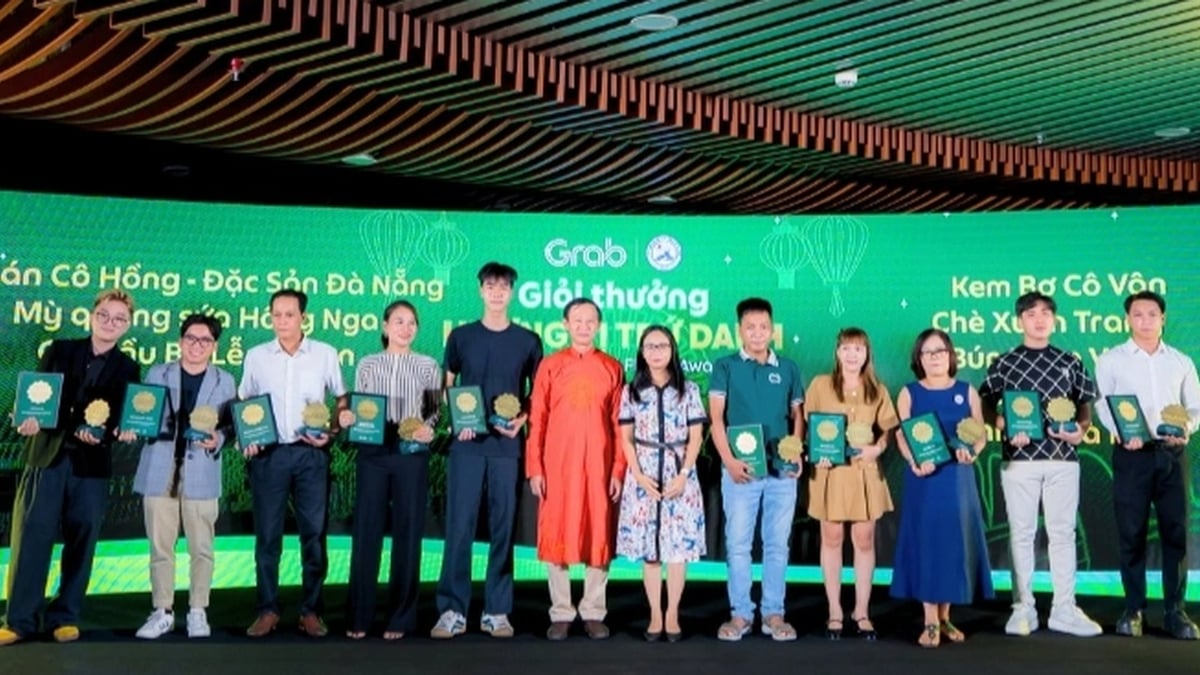
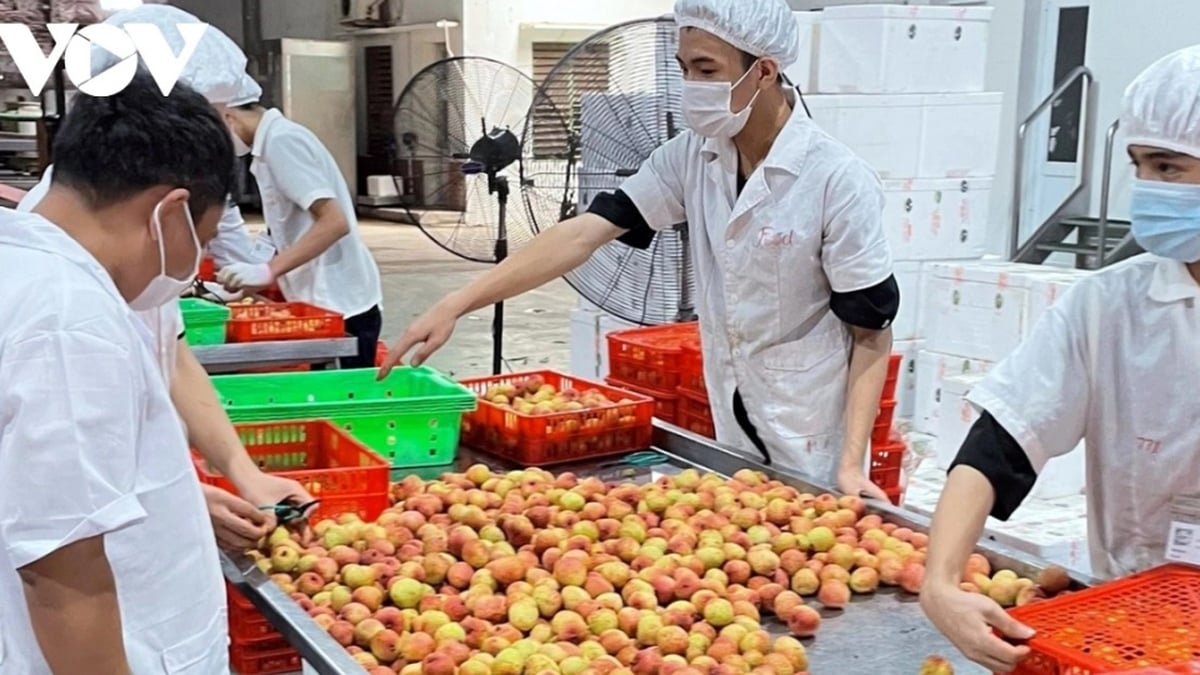
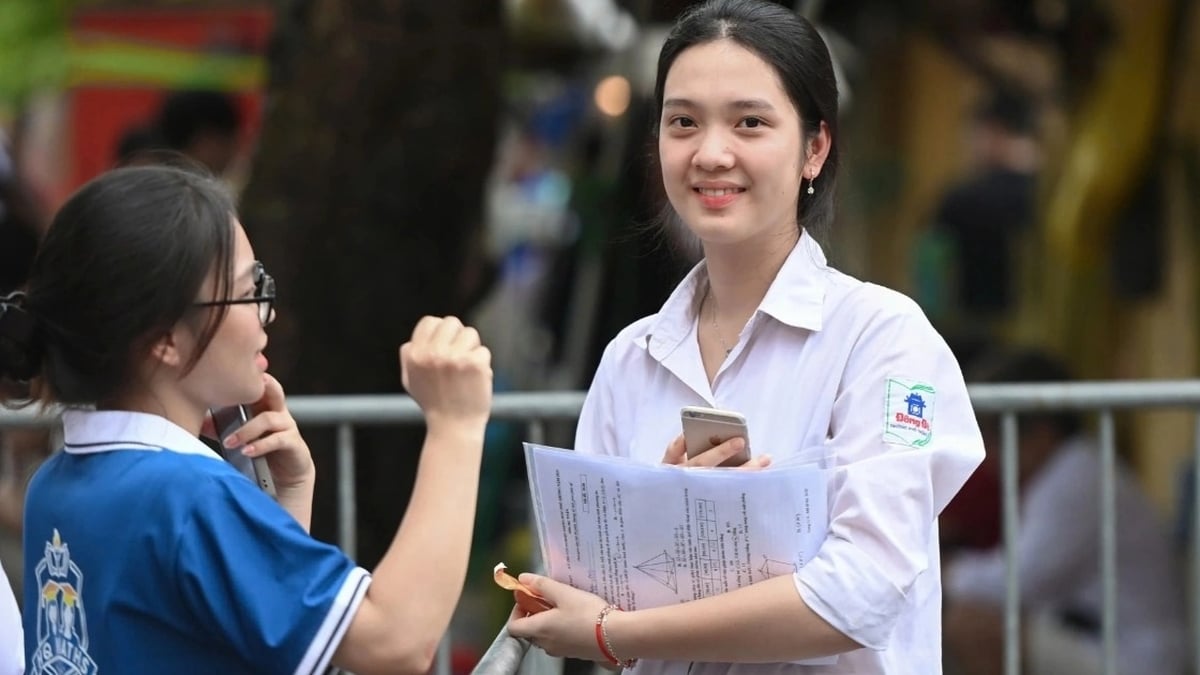
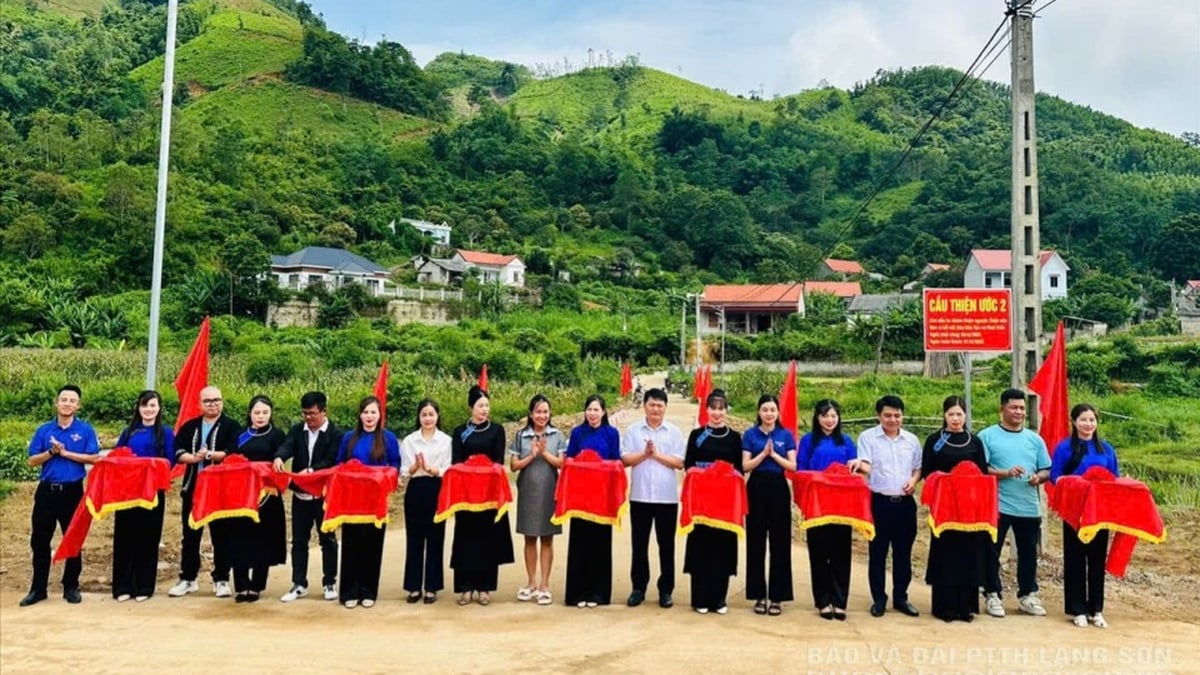

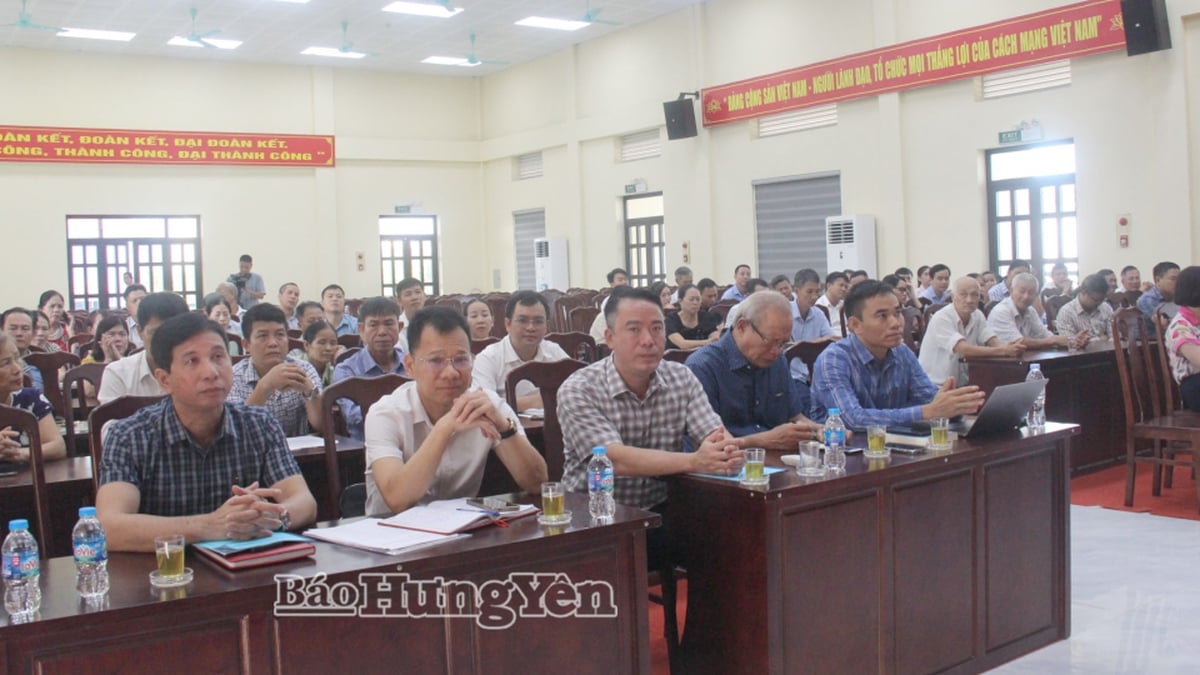
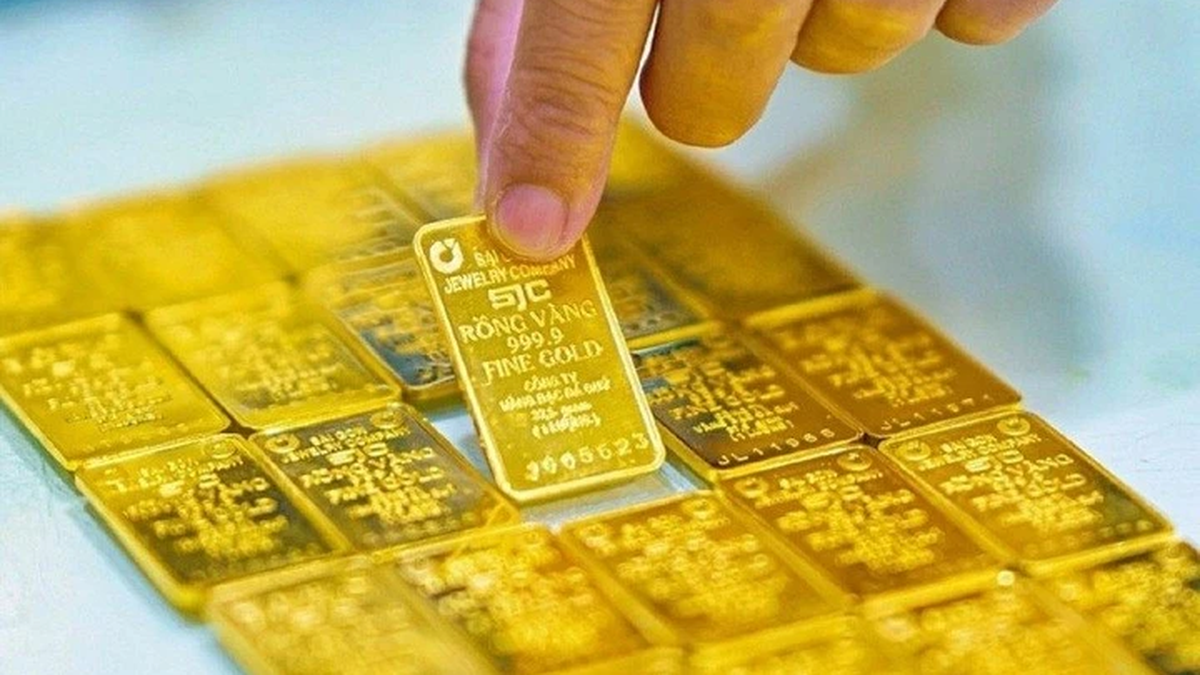
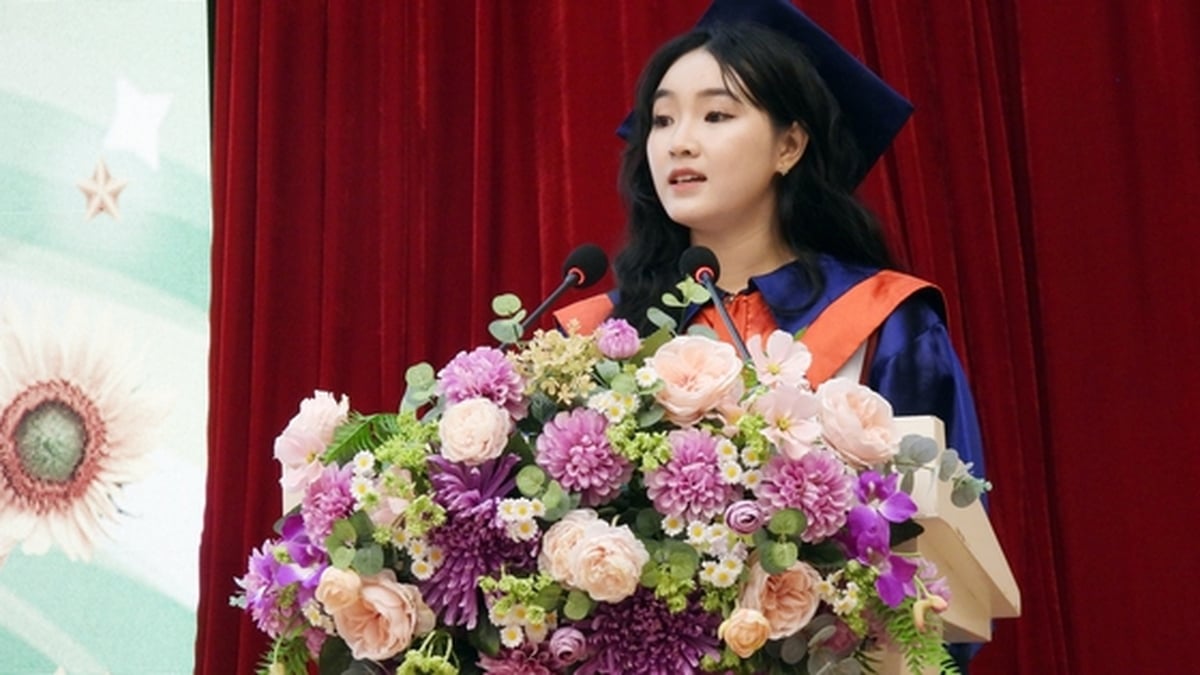





































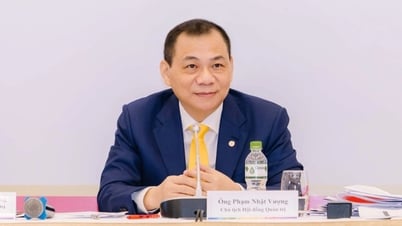














































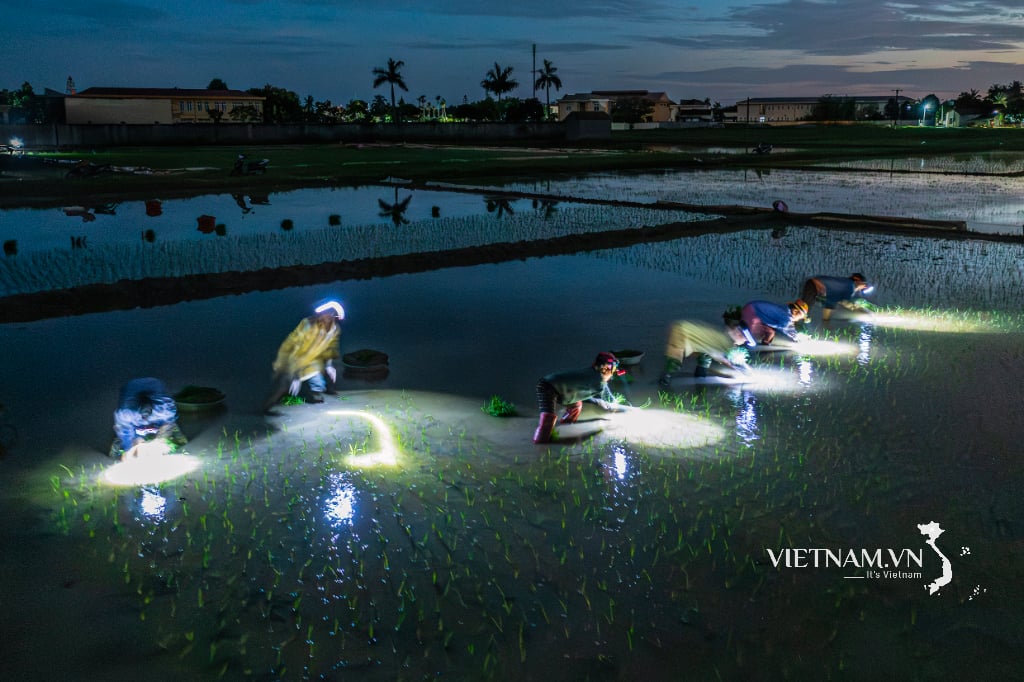
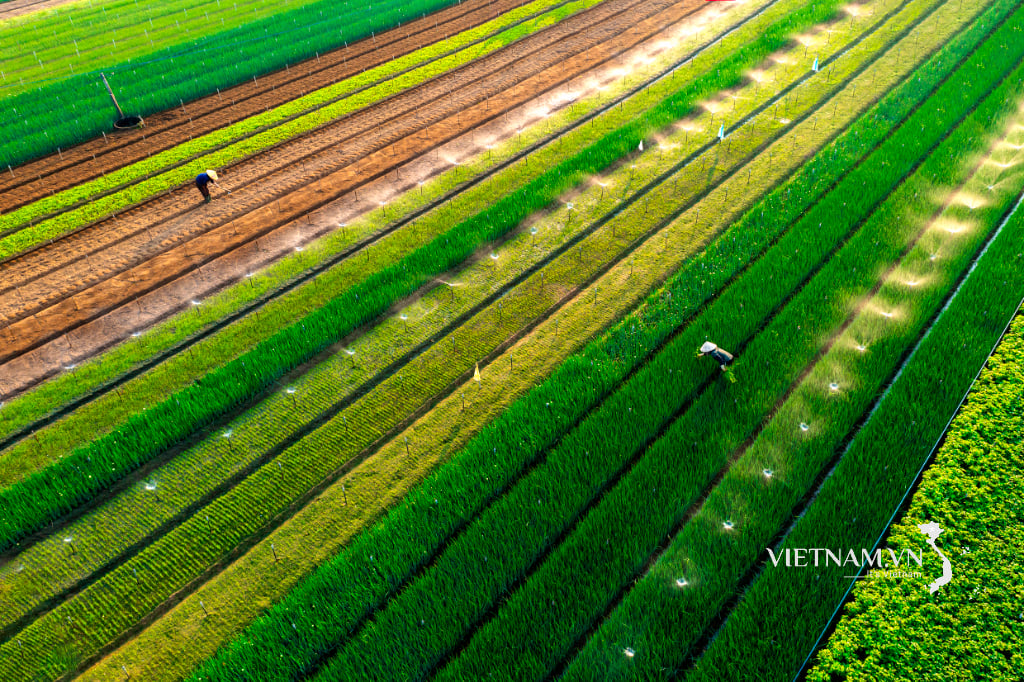
Comment (0)